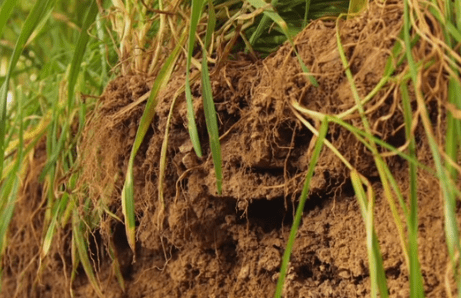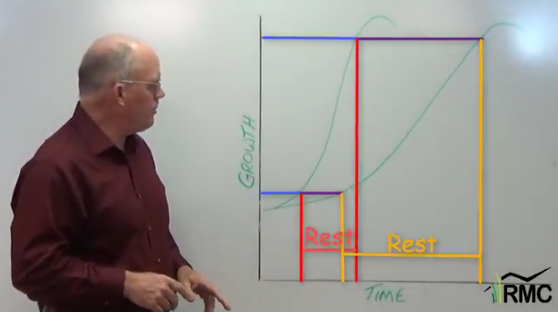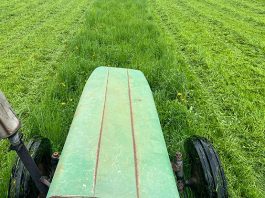A few weeks ago we talked about how plants can adjust their root exudate to encourage microbes to provide them with more nutrients during times of stress. Today, we’re looking at another way that plants and microbes interact to ensure that plants get the nutrients they need from the soil.
While plants can get carbon, nitrogen and sulphur from the atmosphere, other critical nutrients, like calcium, magnesium, potassium, iron, and phosphorus must come from the soil. As Dr. Brinton describes in the 2:38 video below, these nutrients are released and become available to plants thanks to the work of microbes in the soil. As the microbes consume root exudate, and other organic matter in the soil, they respire carbon dioxide.
Some of this carbon dioxide returns to the atmosphere, but some is trapped in the air space of the soil. That carbon dioxide dissolves in water becoming carbonic acid. This gentle weathering agent dissolves and releases minerals that the plants can then use.
As Dr. Brinton mentions, we’ve been aware of this mechanism for some time. In fact, as I was doing background research for this article I found this article by Charles B. Lipman in the January 23, 1916 edition of the Sacramento Union. In it, Lipman describes how he learned of the relationships of “soil bacteriology” and the production of carbonic acid. He adds that we can enhance microbe activity by providing plenty of organic matter.
It seems that the more things change, the more they remain the same!

 Soil Bacteria Make Carbonic Acid Gas
Soil Bacteria Make Carbonic Acid Gas
Fertility in Soils is Claimed to Be Function of Carbon Dioxide
by Professor C.B. Lipman,* University of California
One of the most striking facts brought out by our investigations in soil bacteriology is the relation of soil bacteria to the production of carbonic acid gas in the soil. Several investigators have definitely proved that when soil is sterilized, carbonic acid gas is not produce there, which simply means that we are dependent for that material there entirely upon the living organisms. Since also it has even been claimed that fertility in soils is a function of the carbonic gas content, we can readily conceive the importance of soil fertility of the soil bacteria form that standpoint alone.
This carbonic acid gas is produced through activities of soil bacteria in breaking down organic matter and oxidizing the carbon thereof and through their own respiration processes. It is produced in enormous quantities. Its importance in the soil lies not in acting with water as the source energy for certain of the auto-trophic soil bacteria, which produce organic matter from inorganic substances only, but also as the most important solvent of the soil minerals which we have. Carbon dioxide in such large quantities dissolved in the soil water makes a week acid which undoubtedly caries out some of the most profound changes in the solution of potash or phosphoric acid otherwise insoluble in the soil.

From the standpoint merely of production of carbon dioxide, soil bacteria are of the greatest practical importance, and we can enhance their activities in this direction also and have a practical control of them there, bu supplying not only the proper air, moisture and temperature conditions above indicated, but more particularly by supplying a large quantity of organic matter and an adequate quantity of lime, since the latter enhances the rapid decay of all organic materials in the soil.





Fascinating article and video clip. I am always impressed at 1)how much older knowledge and experience has “gone missing,” and 2)how you manage to find it back for us. Thank you.
Comments are closed.